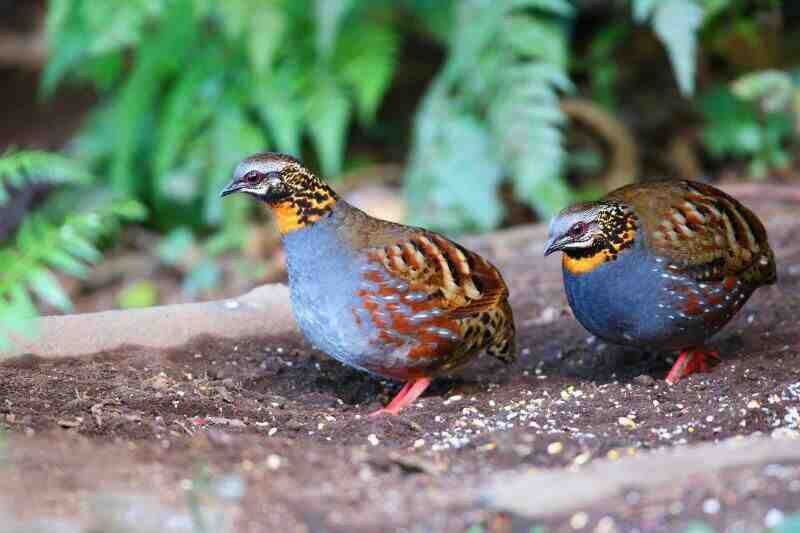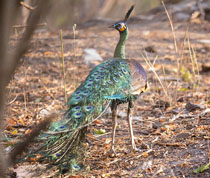
Arborophila mandellii
Arborophila mandellii
The Red-breasted Partridge is called Collared Partridge in English. It has n···

Arborophila brunneopectus
Arborophila brunneopectus
Brown-breasted Hill Partridge has three subspecies.Arborophila brown breast ···

Arborophila atrogularis
Arborophila atrogularis
White-cheeked Partridge has no subspecies.Partridges often move in groups, c···

Arborophila gingica
Arborophila gingica,White-browed Hill Partridge ,Rickett's Hill Partridge,White-browed partridge, pheasant, Hsinchu Chicken
There are two subspecies of White-browed Hill Partridge.The white-fronted ar···

Arborophila rufogularis
Arborophila rufogularis
Rufous-throated Hill Partridge has six subspecies.The red-throated arboridge···

Arborophila rufipectus
Arborophila rufipectus,Sichuan Partridge,Bamboo shoot chicken, bamboo shoot chicken, and Tuo Tuo chicken
Sichuan Partridge, also known as Sichuan Partridge in English, has no subspe···

Arborophila torqueola
Arborophila torqueola
Hill Partridge, there are 5 subspecies.Hill Partridge is a resident bird. Th···

Pavo muticus
Green peacock, Java peacock, Vietnamese bird, dragon bird, green peafowl
The green peacock is a large chicken. The male has emerald blue-green feathe···

Phasianus colchicus
Ring-necked Pheasant,Common Pheasant,Pheasant
Pheasants are a kind of walking bird in the Phasianidae family of the class ···

Coturnix japonica
Quail, Japanese quail
Quail is a small, round, gray-brown quail. The upper body has brown and blac···

Ptilinopus hyogastra
Ptilinopus hyogastra,Grey-headed Fruit-dove,Grey-headed Fruit Dove
Its scientific name is Ptilinopus hyogastra, and its foreign names are Grey-···

Megapodius tenimberensis
Megapodius tenimberensis,Tanimbar Scrubfowl
The Tanimbar Scrubfowl (Megapodius tenimberensis), formerly a subspecies of ···

Francolinus pintadeanus
Chinese partridge, Yue pheasant, Huainan
Chinese partridges like to move in secondary forests, low shrub forests, and···
